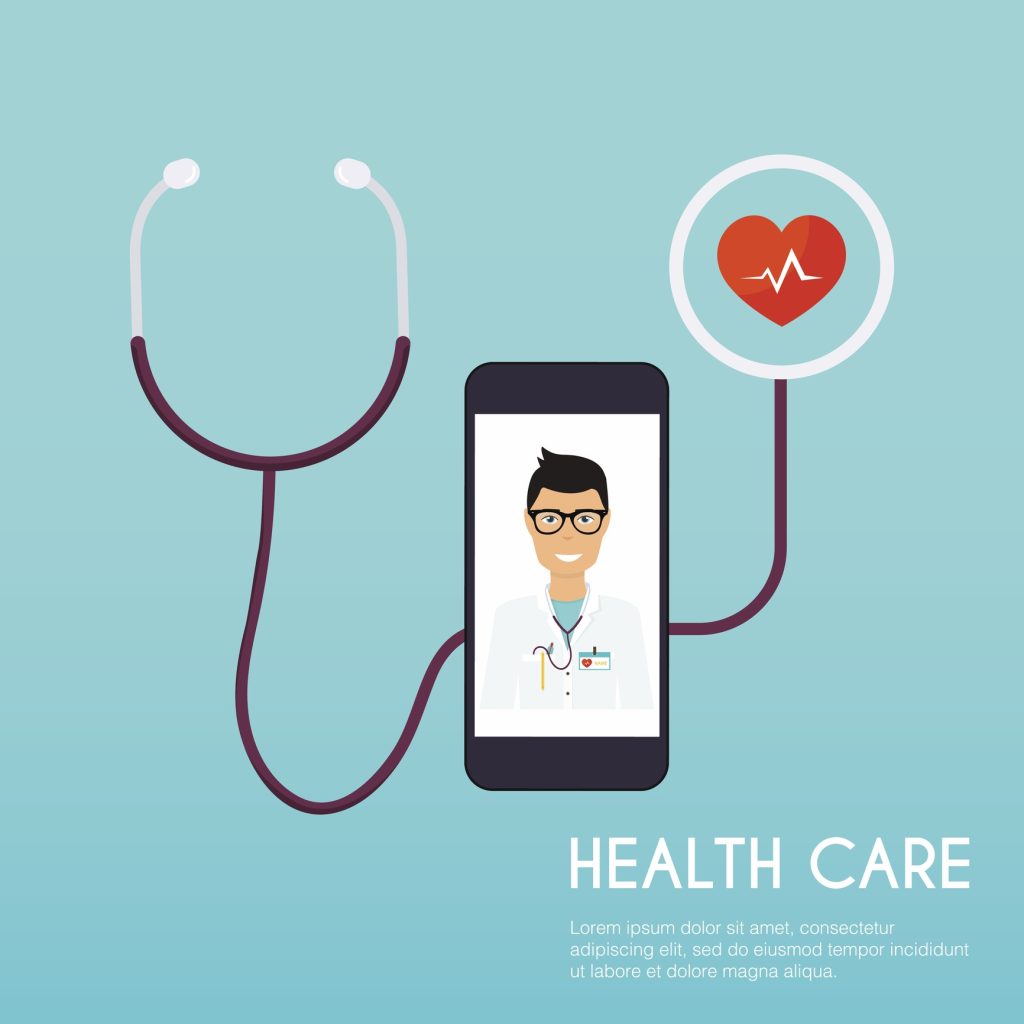
How To Get Started With Telehealth
How Do I Get Started Implementing Telehealth?
There are 3 main steps you need to take to get started with telehealth; examine your current ecosystem, determine the best technology and decide on the optimal uses.
Traditionally, telehealth platforms have begun with a network within a health system, allowing physicians and specialists to communicate or supporting specific functions, such as telestroke care for remote facilities which may not have a neurologist on call.
Today, that model is changing. In fact, one industry publication stated that, ”Specialists are now finding that they can launch their own telehealth platform to consumers, offering their services online much like a banker, real estate agent or other business person.”
Physicians are now competing not only against the practice down the street, but against commercial telehealth providers who operate on a state or national basis. Employers and health insurers are urging patients to use telehealth rather than visit their PCPs or ERs.
According to a Mercer report on employer-sponsored health plans, 59% of large employers offered telehealth in 2016 compared to only 30% in 2015. That may be due to an effort to reduce costs, the report hypothesizes, as the typical telehealth visit is $40 versus an office visit for $125.
10 Free Telehealth Resources
We’ve got 10 form-free resources to help you get started with telehealth and maximize your new technology. From using telehealth, telehealth billing and even promoting that your practice now has telehealth, we’ve got the resources you need.
3 Steps to Get Started With Telehealth
Examine your current ecosystem
It’s important to determine what existing resources are available to you – does your local health system or hospital already have a telehealth program? What about the specialists or referring physicians in your care community – do they use telehealth? Gaining this base of knowledge will help you prepare to connect to other community resources, as well as to those who may only be available through a remote video interface. It is also important to look internally at your practice or hospital. How will telehealth fit into your current offerings, and who will participate? What are the potential barriers and benefits?
Determine the best technology
Ideally the system you will use is either already integrated into your EHR or can be easily linked. This will facilitate the exchange and storing of patient records, eliminating the need to manually enter data in two systems (telehealth and EHR). This is actually more critical to long-term success than the video display and patient portal.
Decide the optimal uses
There are a wide range of telehealth applications; according to the Center for Connected Health Policy (CCHP), they include:
- Dentistry
- Counseling
- Physical and occupational therapy
- Home health
- Chronic disease monitoring and management
- Disaster management
- Consumer and professional education
You might have other ideas which are equally valid. Just make sure to look at your state’s reimbursement rules.
Telehealth Reimbursement Calculator
If you’re facing decreased patient volumes, telehealth is an opportunity to stay connected to patients and recoup lost revenue.
Use our free calculator to see how much revenue you could recover by taking advantage of telehealth.
Is This the Year of Telehealth?
If you’re looking for a sign, search no further than the funding bill signed by the President on February 9, 2018. The Creating High-Quality Results and Outcomes Necessary to Improve Chronic (CHRONIC) Care Act delivers the largest boost to Federal telehealth coverage and payment in 17 years. According to the American Telemedicine Association, the new law will:
- Expand telehealth options for the 19 million Americans enrolled in Medicare Managed Care plans;
- Facilitate improved timeliness of diagnosis and treatment for stroke patients—the leading cause of adult long-term disability and fourth leading cause of death in U.S.;
- Enable kidney dialysis at home, providing opportunity for dialysis patients’ required visit to be conducted via video; and
- Allow accountable care organizations (ACOs), who are responsible for the overall cost of care, to provide telehealth for all Medicare beneficiaries and services to them at home. Presently, this level of Medicare telehealth coverage is only extended to 44 Next Generation ACOs.

You Say Telemedicine, I Say Telehealth
When the technology launched, the term “telemedicine” was used, especially in reference to traditional clinical diagnosis and monitoring. However, the term “telehealth” is now more widely used to describe a wide range of diagnosis, management, education and other types of healthcare delivered using technology.
While state and federal agencies may differ on their definition of telehealth, the Center for Connected Health Policy (CCHP) and other members of the National Consortium of Telehealth Resource Centers have created a Telehealth Definition Framework with four distinct domains of applications:
- Live Videoconferencing (Synchronous): Live, two-way interaction between a person and a provider using audiovisual telecommunications technology.
- Store-and-Forward (Asynchronous): Transmission of recorded health history through an electronic communications system to a practitioner, usually a specialist, who uses the information to evaluate the case or render a service outside of a real-time or live interaction.
- Remote Patient Monitoring (RPM): Personal health and medical data collection from an individual in one location via electronic communication technologies, which is transmitted to a provider in a different location for use in care and related support.
- Mobile Health (mHealth): Healthcare and public health practice and education supported by mobile communication devices such as cell phones, tablet computers, and PDAs. Applications can range from targeted text messages that promote healthy behavior to wide-scale alerts about disease outbreaks, to name a few examples.
What This Means for Providers
The growing capabilities and affordability of technology has helped to spur adoption of telehealth. In fact, Azalea Health was the first company to integrate telehealth into an EHR and was an early adopter of mHealth.
Yet the greatest hurdle to more widespread adoption remains reimbursement.
Help Is Available
Technology providers like Azalea Health spend extensive amounts of time tracking legislation and learning about how telehealth is reimbursed and used. In fact, we have extensive experience based upon our work with a wide range of practices and facilities – experience we can leverage to make your decision-making, implementation and adoption processes more productive and streamlined so you can enjoy the benefits of telehealth.
8 Simple Steps To A Touch-Free Patient Experience
Patients don’t want to touch public surfaces. And as normal movement starts to resume, concerns over shared spaces and devices will stay top of mind.
Download “Keeping our Distance: Touch-free Solutions for Patient Management” to learn the 8 easy steps you can take to create a touch-free patient experience


